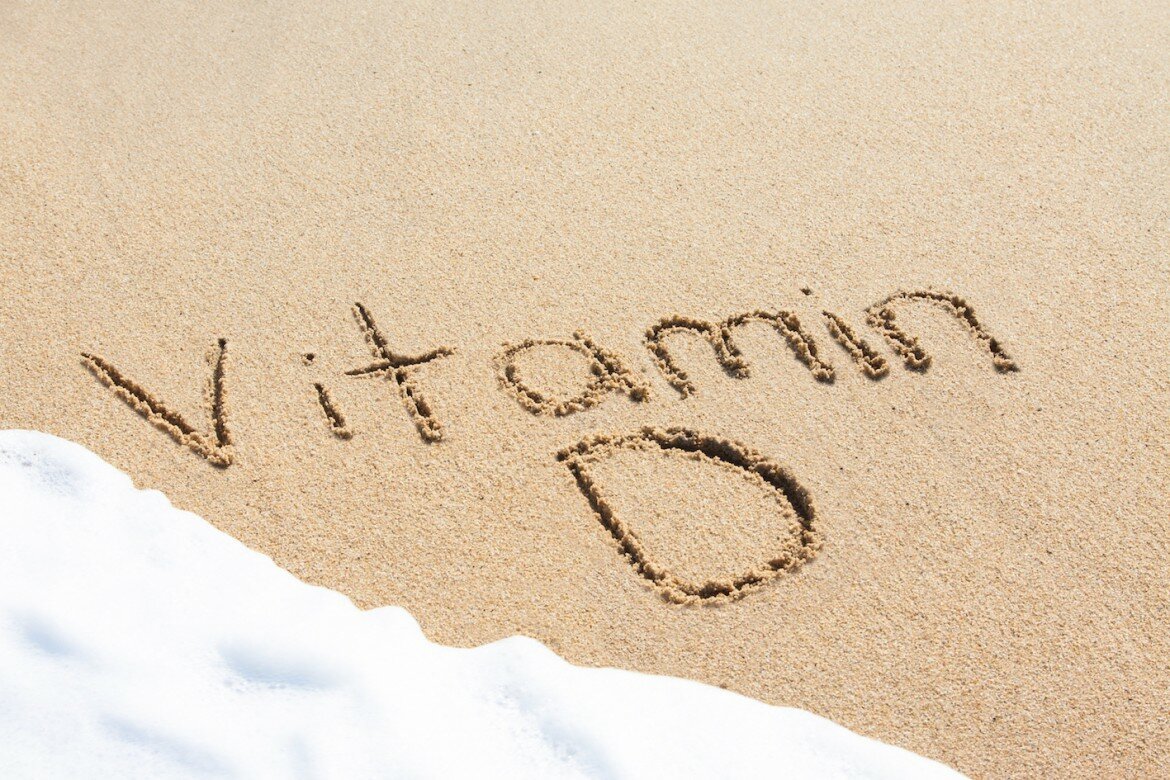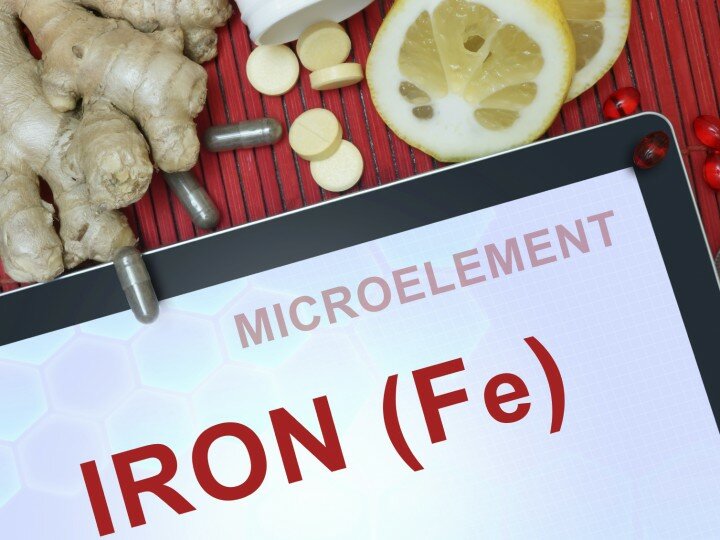
Vitamin D – how do we balance adequate intake with managing the risks associated with exposure to the sun? With summer coming and increased levels of sun protection being applied (which blocks UVB, required for vitamin D production), we wanted to help you understand how to balance potentially harmful sun exposure and still achieve recommended daily intakes of vitamin D. Vitamin D optimises bone health and low levels of vitamin D in the body have been linked to rickets in children.
We found that the Consensus statement ‘Vitamin D and Sun Exposure in New Zealand’, 2012 is a fantastic source of information and well worth a read. In June 2011 the Ministry of Health, Cancer Society and Accident Compensation Corporation (ACC) convened a meeting of experts and key agencies to develop a consensus statement for vitamin D and sun exposure in New Zealand.
Vitamin D is present in some foods, however it would be hard to gain enough vitamin D through diet alone, so exposure to the sun is required for the general population (see full article for information on which groups are at risk to vitamin D deficiency). It is recommended by the World Health Organisation to wear sun protection when the UV Index is 3 or higher. Skin cancer is the most common cancer in New Zealand and so great care must be taken when out and about. Levels lower than 3 on the UV Index are therefore safe periods to expose your children to the sun. The daily Sunsmart alert notifies of what time of the day UV Index exceeds 3. Adequate levels of vitamin D can be achieved within short periods of time with the face, arms and legs exposed – although a great way to get the intake is from your back with its relatively large surface area. There are fortified products available, but not many! With vitamin D deficiency becoming more recognised as a problem in New Zealand, there may be more products becoming available in the coming years.
Comments (0)
Leave a reply
You must be logged in to post a comment.









